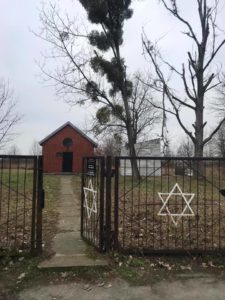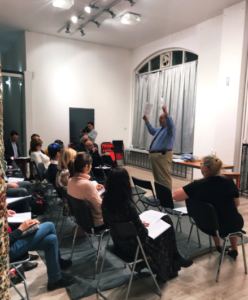Poland Part III: Day 1
After sleeping for about a day, The Wisnias are ready to roll. And we’re rolling deep, joined by Holocaust Professor Doug Cervi and reuniting with our dear friend Rivka from Warsaw. Our first day is a big one, so we rented a bus to take us to my grandfather’s actual hometown, the place where he was born and raised, the town of Sochaczew. Let’s start at the beginning.
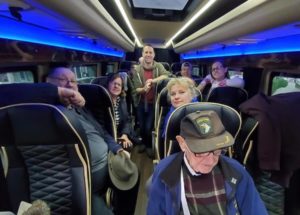
My grandfather remembers a happy childhood growing up in Sochaczew, a suburb of Warsaw, before the war. He was a child singing star. He cooked with his mother and aunt. His father made it home from work every week for shabbat. He still remembers the address: 17 Staszica.
There is nothing there now. Just remnants of a house that probably wasn’t even his because the street numbers have changed over time. There is nothing there.
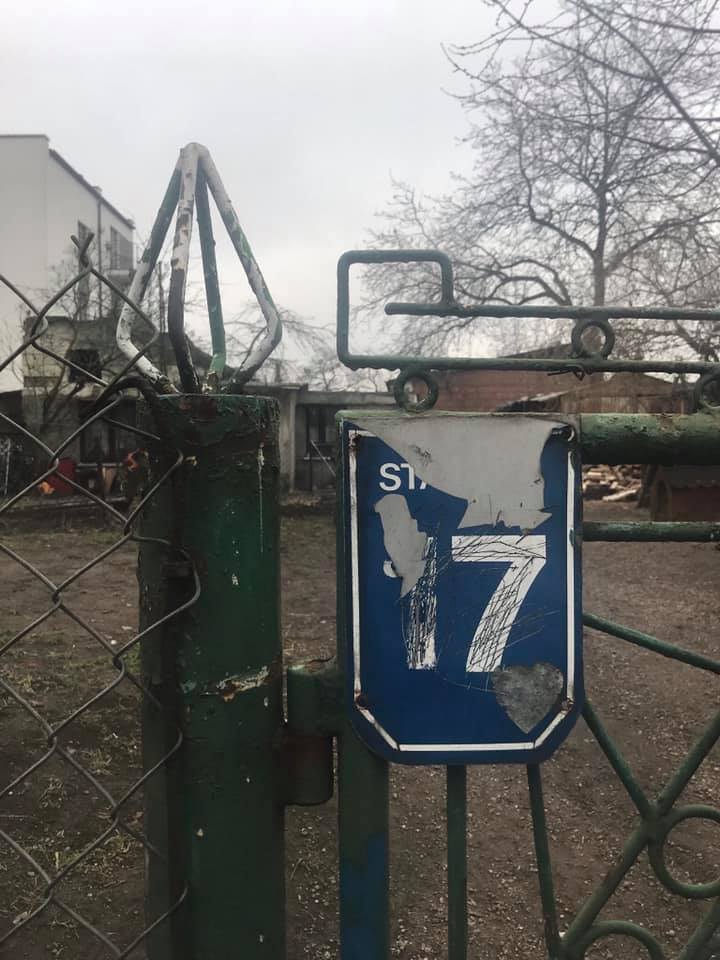
There is a Jewish cemetery down the street from my grandfather’s childhood home in Sochaczew. It has been there for nearly 600 years, an extension of the town’s once thriving Jewish population.
During World War II, the Nazis devastated the cemetery. Jews were forced to carry away gravestones which were then used as building support. The cemetery was the site of numerous executions. It has been repeatedly vandalized, as recent as 2015.
It is customary for Jews to place a rock at a gravesite. As a sign you were there.
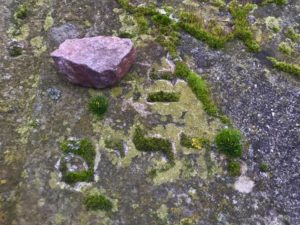
The Kaddish is a prayer recited in memory of those who have died. My family has been saying Kaddish all over Poland. We recited the prayer outside my grandfather’s house in Sochaczew, at the town cemetery, at the monument to the Warsaw ghetto, at the spot in Warsaw where my grandfather’s entire family was shot by Nazi police.
On Friday night, we said Kaddish yet again. But this time it was during a Shabbat service, with a Jewish community that is very much alive. My father gave the sermon. We prayed together, we sang together, we raised our glasses together. We said L’Chaim – To Life. We are still here.

